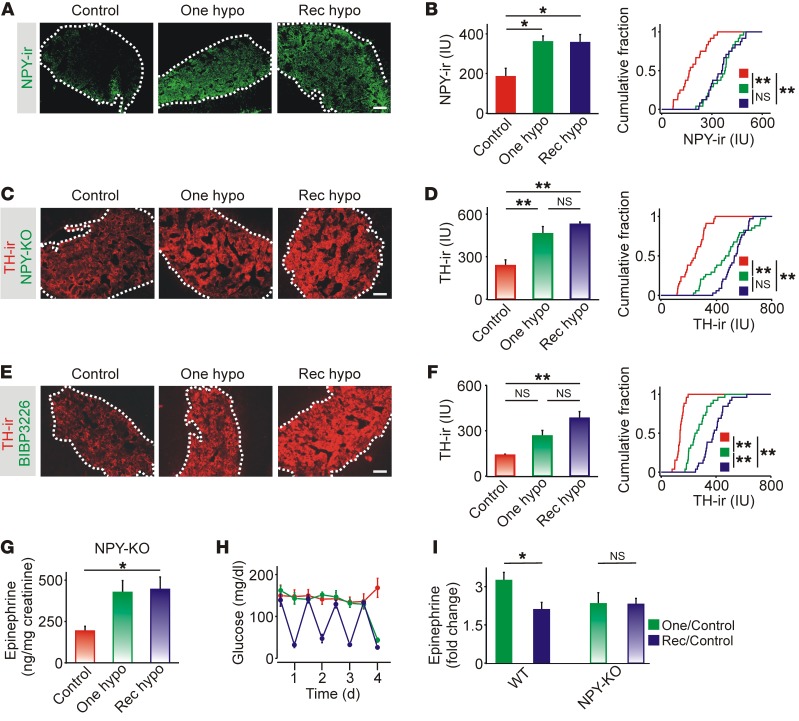Figure 3. Neuropeptide Y release mediates adrenal impairment of the CRR.
(A) NPY immunoreactivity was restricted to the adrenal medulla. (B) NPY immunoreactivity after single and repeated episodes of IIH (n = 3) and cumulative intensity distribution of NPY immunoreactivity in all cryosections (n = 8 per experiment). (C) Adrenal TH immunoreactivity in NPY-KO mice. (D) TH immunoreactivity was increased after single and recurrent episodes of hypoglycemic (n = 4). Right panel shows the cumulative intensity distribution of TH immunoreactivity in all cryosections (n = 8–10 per experiment). (E) Adrenal TH immunoreactivity in WT mice injected with BIBP3226. (F) TH immunoreactivity was increased after single and recurrent episodes of hypoglycemia (n = 3). Right panel shows the cumulative intensity distribution of TH immunoreactivity in all cryosections (n = 8–10 per experiment). (G) Urine epinephrine levels were increased after single or recurrent episodes of IIH in NPY-KO mice (n = 4). (H) Insulin induced a reproducible fall in blood glucose levels (n = 4). (I) Epinephrine release after recurrent IIH was reduced compared with a single episode of hypoglycemia in WT but not NPY-KO mice. *P < 0.05 and **P < 0.01, by 1-way ANOVA and Kolmogorov-Smirnov test (histograms and cumulative distribution graphs, respectively). Scale bars: 100 μm.

